





Media Gallery
Media Gallery
Overview & …
Loads of visuals, artworks, etc about the LISA mission, the science behind it and the technology involved.
Loads of visuals, artworks, etc about the LISA mission, the science behind it and the technology involved. New: the Topic Stack Browser to quickly navigate to any sub-galleries.
Loads of visuals, artworks, etc about the LISA mission, the science behind it and the technology involved. If you are a journalist and looking for …, please use our Journalists’ Toolbox Form.
Media Gallery
Media Gallery
The Mission in Pictures
Mission-relevant images and video footage of the first gravitational wave observatory in space. Understand the plan/outline and objectives of the LISA mission through animations, diagrams and selected artworks.
Media Gallery
Media Gallery
The Mission in Pictures
Mission-relevant images and video footage of the first gravitational wave observatory in space. Understand the plan/outline and objectives of the LISA mission through animations, diagrams and selected artworks.
Media Gallery
Media Gallery
Gravitational Wave Science
… gravitational wave signals from a wide range of sources that are of strong interest for a deeper understanding of the cosmos. Have a look at the visuals that illustrate the science and the methods.
Media Gallery
Media Gallery
Gravitational Wave Sources
There are different main sources of gravitational waves, caused by different types of motion and changing mass distributions. Below you will find visual material on this
Media Gallery
Media Gallery
Gravitational Wave Sources
There are different main sources of gravitational waves, caused by different types of motion and changing mass distributions. Below you will find visual material about this
Media Gallery
Media Gallery
Data Analysis
From the ability of creating high-fidelity waveforms for gravitational wave sources, having a well-understood signal simulator for the mission … to being able to extract the source parameters from the simulated signals.
Media Gallery
Media Gallery
LISA Technologies & Lab Insights
Simulations, films and more about the great technology of the LISA mission. Moreover, some aspects about the peaceful use of 30mm lasers, as well as a new bonus tutorial: How to juggle gold masses hand-free in microgravity and extreme coldness.
Media Gallery
Media Gallery
Team ~ LISA Community
Posters, photos, papers and other related material about the LISA Consortium, the working groups, scientific output at conferences and even more …
Media Contact
Lorem ipsum dolor sit amet, consectetur adipiscing elit, sed do eiusmod tempor incididunt ut labore et dolore magna aliqua.
Media Search
Lorem ipsum dolor sit amet, consectetur adipiscing elit, sed do eiusmod tempor incididunt ut labore et dolore magna aliqua.
Media Gallery
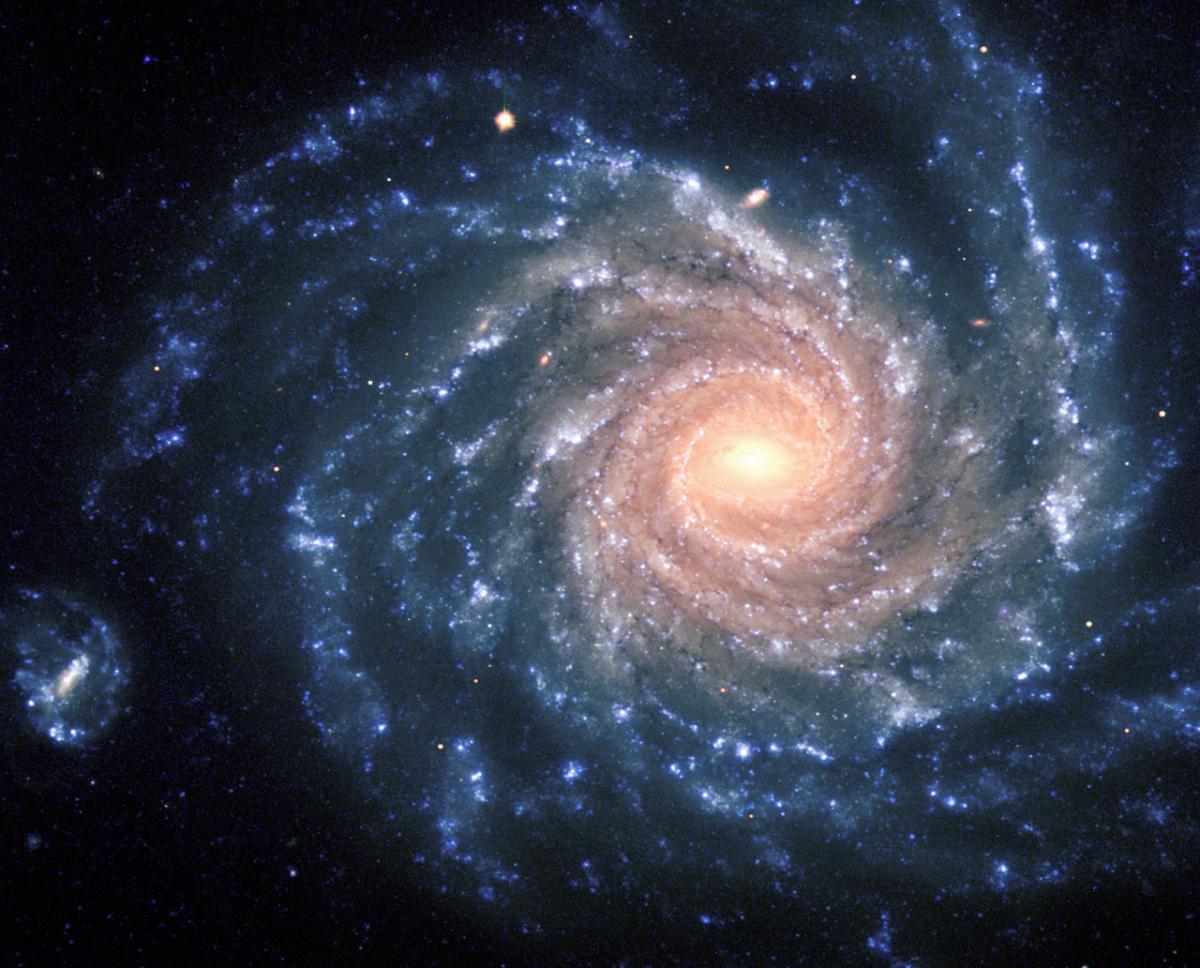
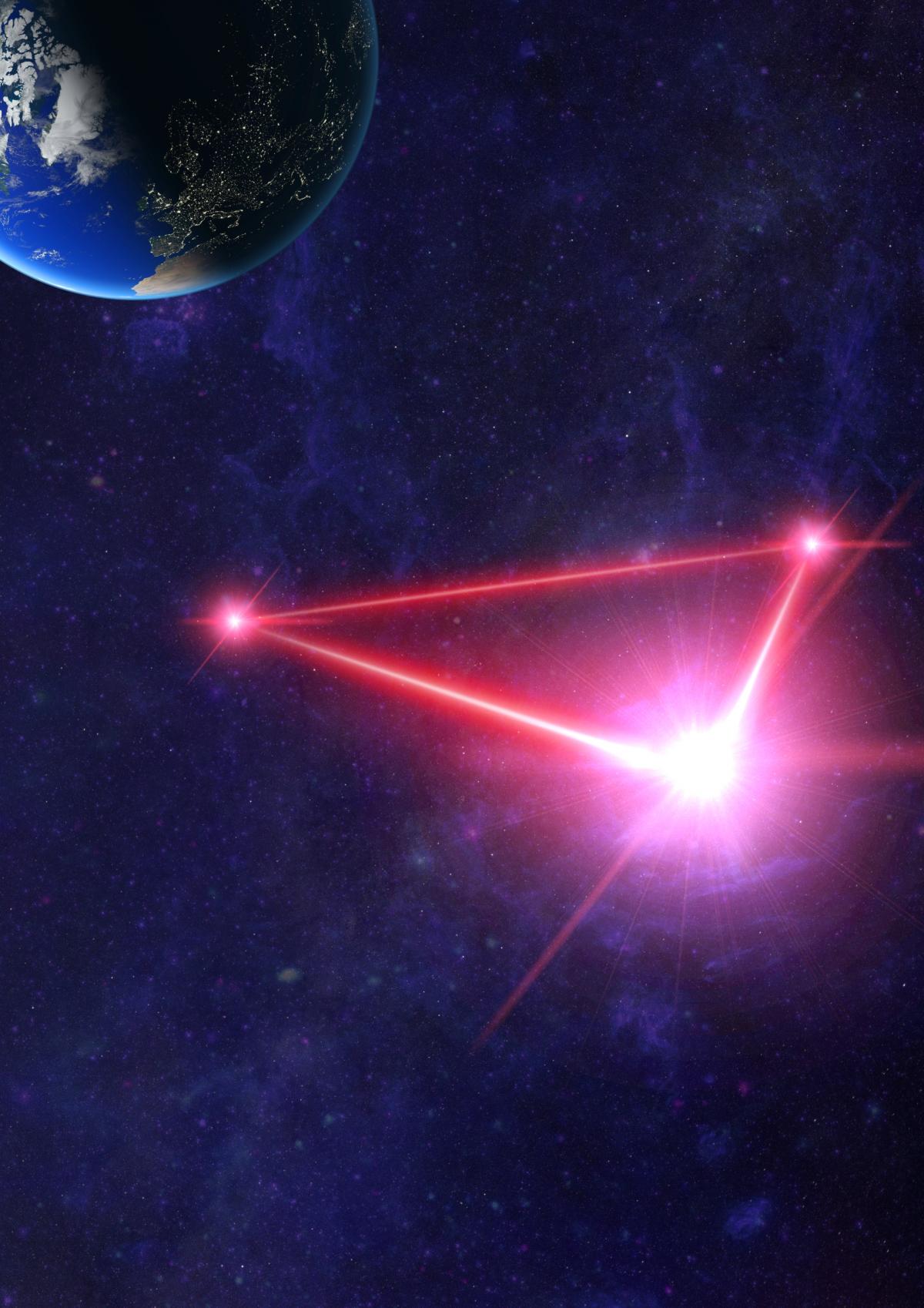
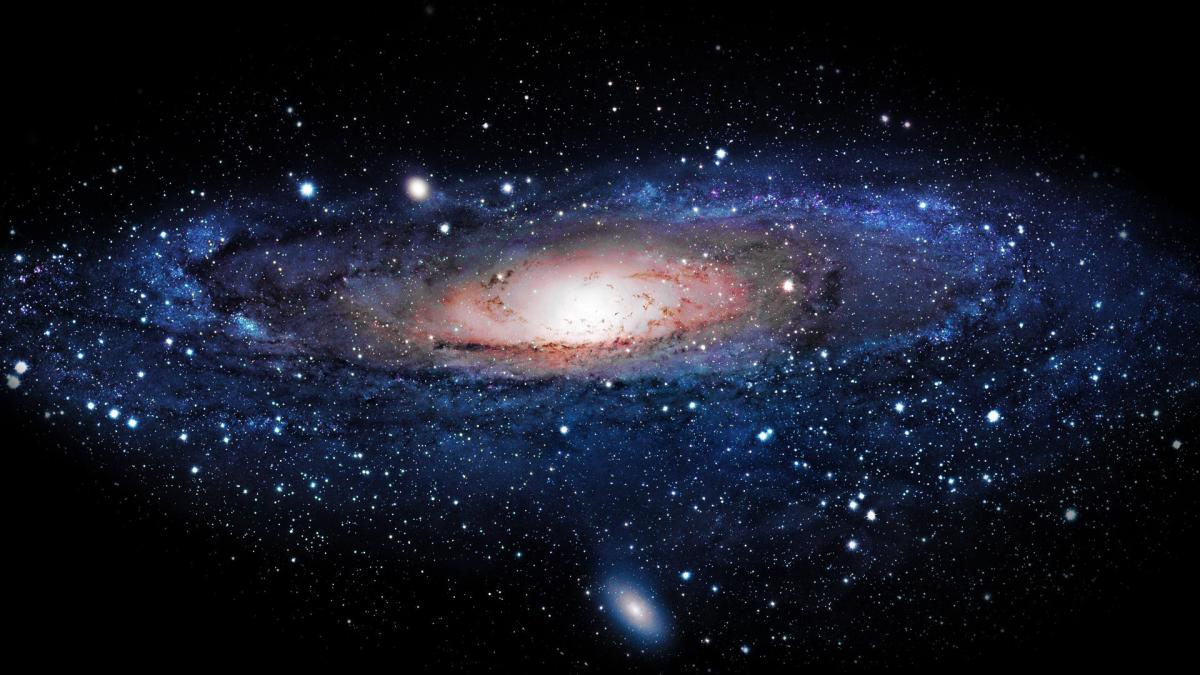
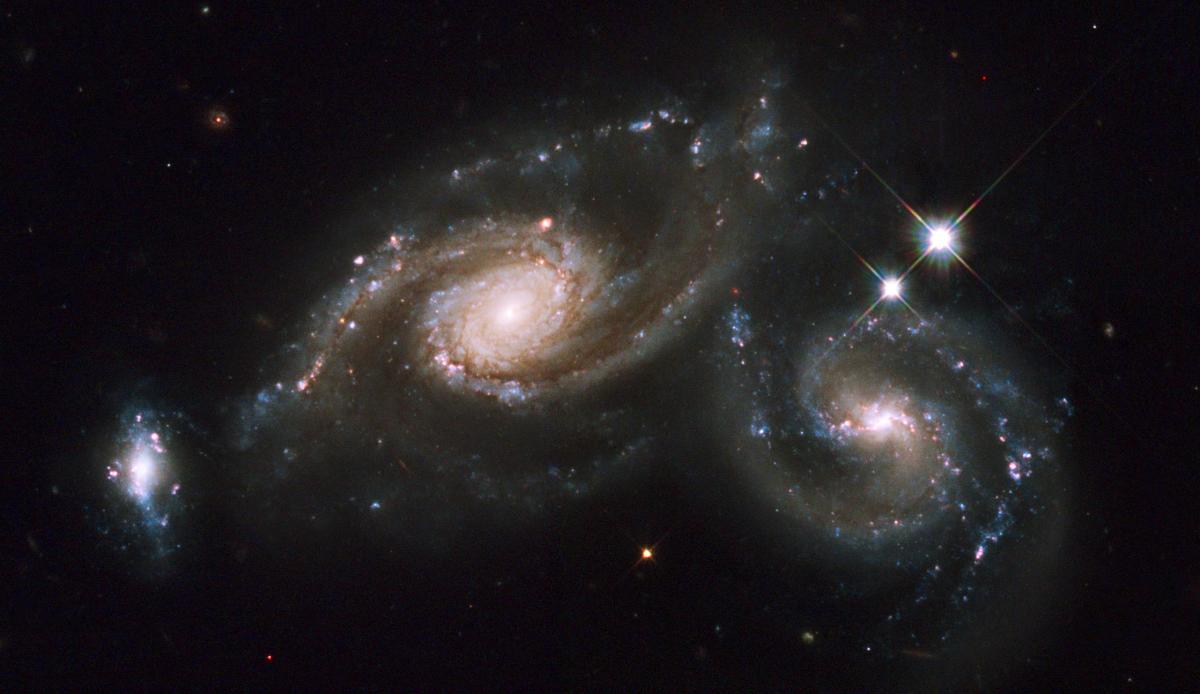
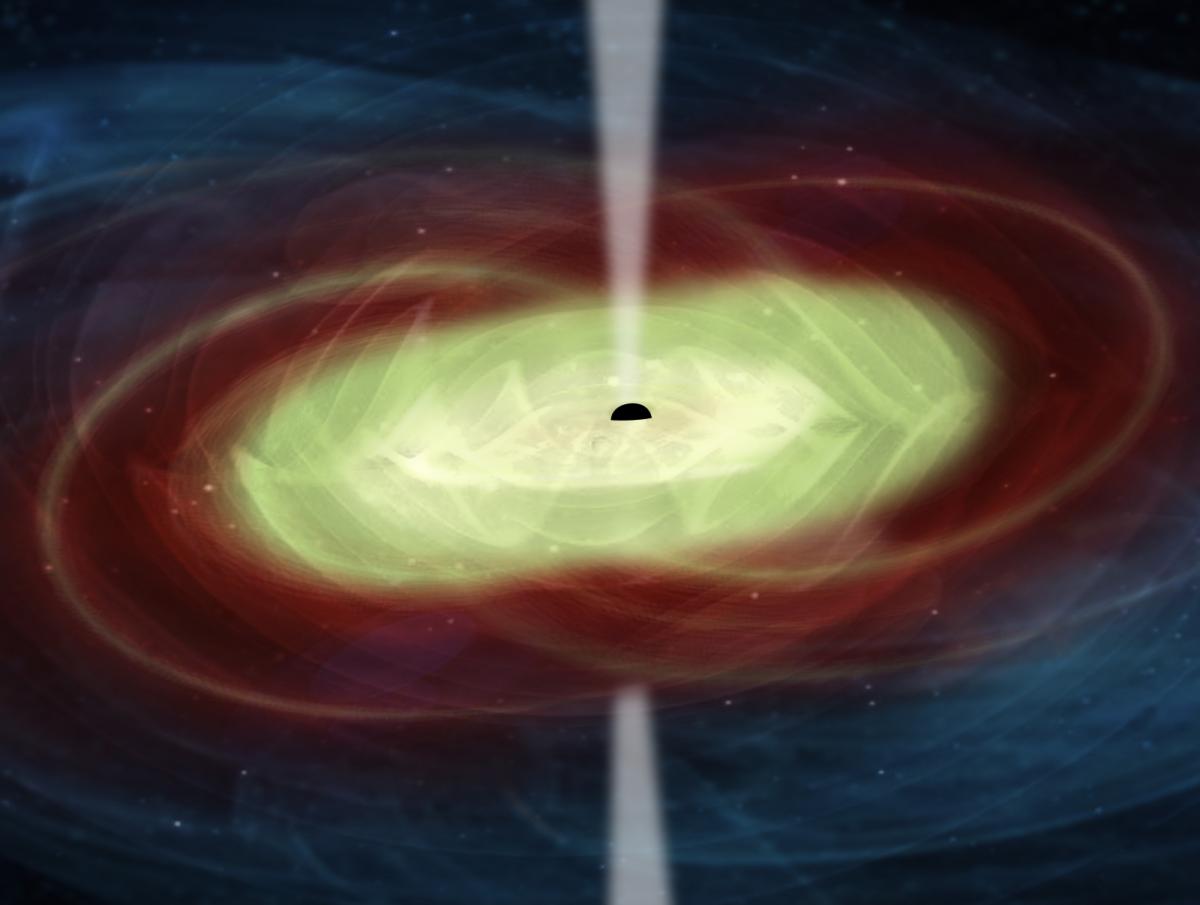
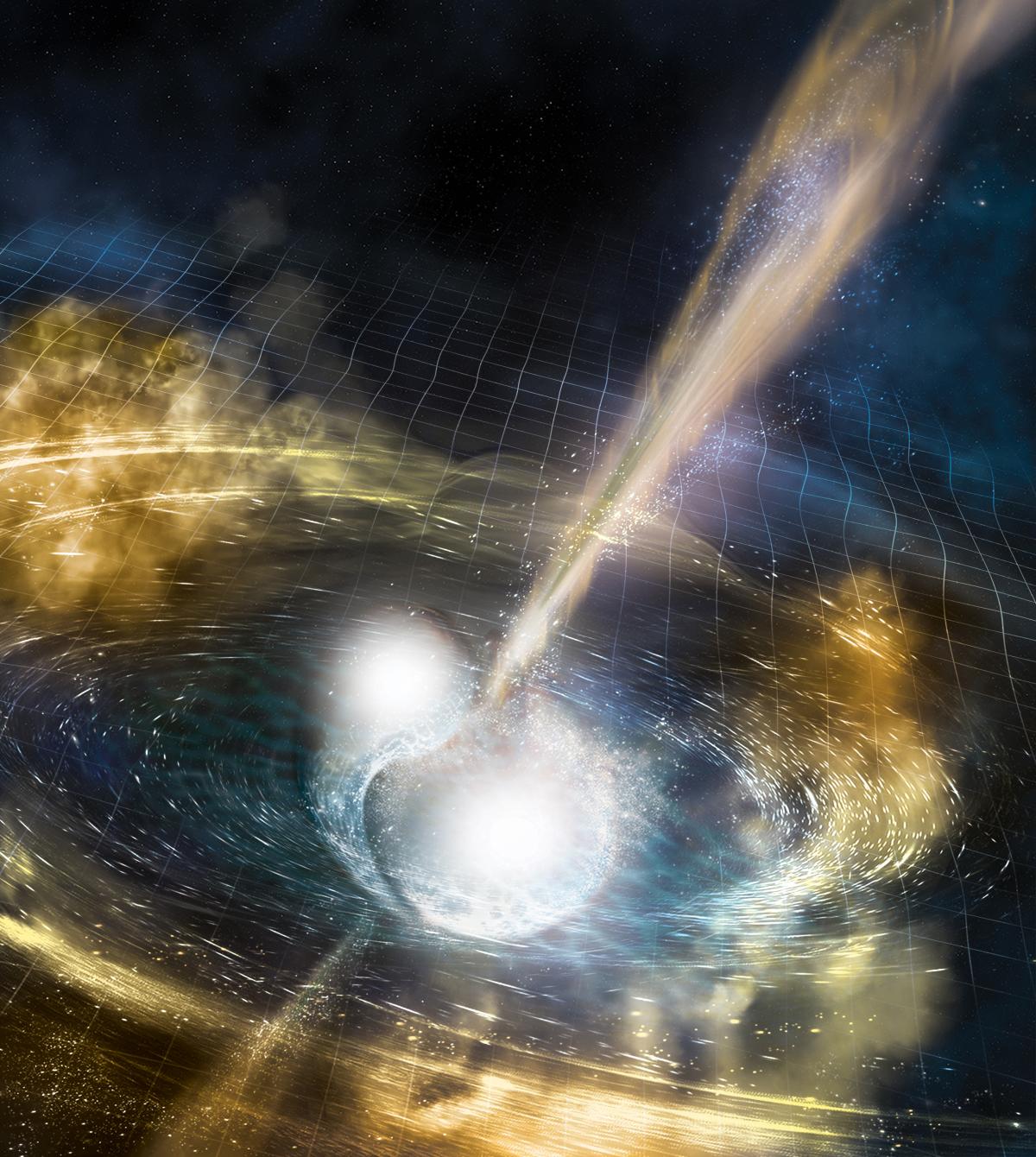
Galaxy – NGC 1232
This spectacular image of the large spiral galaxy NGC 1232 was obtained on September 21, 1998, during a period of good observing conditions. It is based on three exposures in ultra-violet, blue and red light, respectively. The colours of the different regions are well visible: the central areas contain older stars of reddish colour, while the spiral arms are populated by young, blue stars and many star-forming regions. Note the distorted companion galaxy on the left side, shaped like the greek letter “theta”.
NGC 1232 is located 20º south of the celestial equator, in the constellation Eridanus (The River). The distance is about 100 million light-years, but the excellent optical quality of the VLT and FORS allows us to see an incredible wealth of details. At the indicated distance, the edge of the field shown corresponds to about 200,000 light-years, or about twice the size of the Milky Way galaxy.
Processing: The image is a composite of three images taken behind three different filters: U (360 nm; 10 min), B (420 nm; 6 min) and R (600 nm; 2:30 min) during a period of 0.7 arcsec seeing. The field shown measures 6.8 x 6.8 arcmin. North is up; East is to the left.
Media use and copyright: ESO
LISA – Laser Interferometer Space Antenna
Background: a composition of the center of the milky way (custom composition of three different wavelengths images)and a deep star map by NASA’s scientific visualization studio; Earth: textures are from NASA blue marble, 3D rendering from Simon Barke; LISA constellation: Simon Barke
Media use and copyright: © NASA/JPL-Caltech/NASAEA/ESA/CXC/STScl/GSFCSVS/S.Barke (CC BY 4.0)
Galaxy – M31
The Andromeda Galaxy is a spiral galaxy approximately 2.5 million light-years (2.4×1019 km) from Earth in the Andromeda Constellation. Also known as Messier 31, M31, or NGC 224, it is often referred to as the Great Andromeda Nebula in older texts. The Andromeda Galaxy is the nearest spiral galaxy to our own Milky Way galaxy, but not the closest galaxy overall. (from Wikipedia).
Media use and copyright:
Credit & Copyright: Jason Ware, NASA
Galaxies – Spiral Colliding Arp 274
Two galaxies are squaring off in Virgo and here are the latest pictures. When two galaxies collide, the stars that compose them usually do not. This is because galaxies are mostly empty space and, however bright, stars only take up only a small fraction of that space. But during the collision, one galaxy can rip the other apart gravitationally. Dust and gas common to both galaxies do collide. If the two galaxies merge, black holes that likely resided in each galaxy center may eventually merge. Because the distances are so large, the whole thing takes place in slow motion — over hundreds of millions of years. Besides the two large spiral galaxies, a smaller third galaxy is visible on the far left of the above image of Arp 274, also known as NGC 5679. Arp 274 spans about 200,000 light years across and lies about 400 million light years away toward the constellation of Virgo.
Media use and copyright:
NASA, ESA, M. Livio (STScI) and the Hubble Heritage Team (STScI/AURA)
Supermassive black holes after merging
Artist’s impression of the aftermath of a merger between two supermassive black holes during a galaxy collision.
Combining the observing power of two future ESA missions, Athena and LISA, would allow us to study these cosmic clashes and their mysterious aftermath for the first time.
We could see the emergence of a new X-ray source, and perhaps witness the birth of an active galactic nucleus, with jets of high-energy particles being launched at close to the speed of light above and beyond the newly formed black hole.
Please visit ESA webpage for best resolution
Media use and copyright:
© ESA
Cataclysmic Collision: LIGO and Virgo make first detection of gravitational waves from colliding neutron stars
Artist’s illustration of two merging neutron stars. The rippling space-time grid represents gravitational waves that travel out from the collision, while the narrow beams show the bursts of gamma rays that are shot out just seconds after the gravitational waves. Swirling clouds of material ejected from the merging stars are also depicted. The clouds glow with visible and other wavelengths of light.
Media use and copyright:
Image credit: NSF/LIGO/Sonoma State University/A. Simonnet





